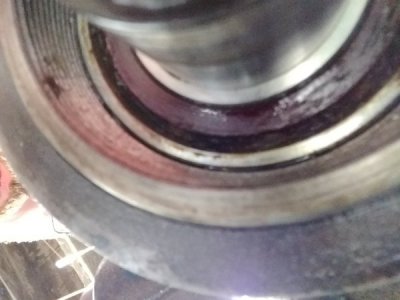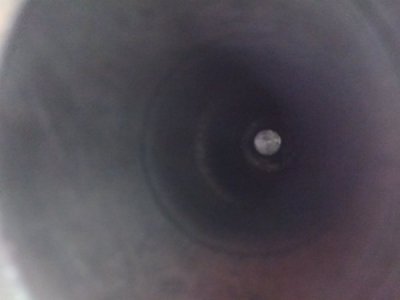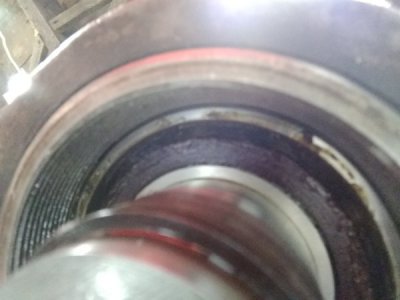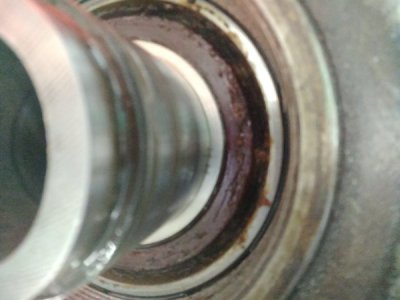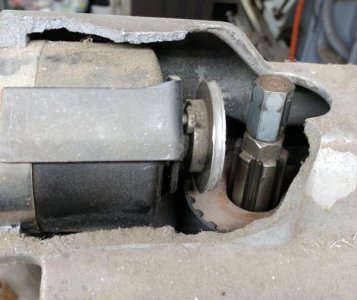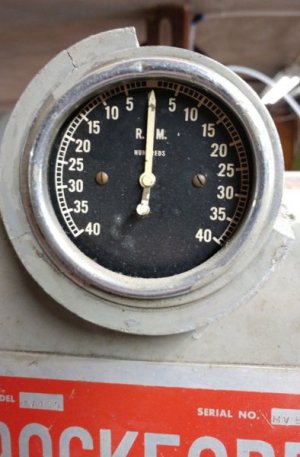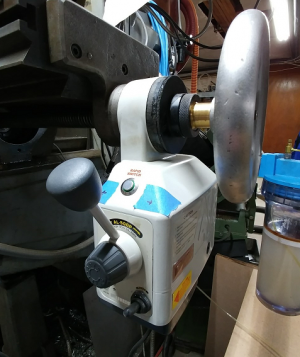Bruce,
Now that I've dug a little deeper into the head, I'm starting to see the exploded parts diagram more clearly. I count 3 bearings on the spindle, MV-907 is a bearing at the top of the spindle inside the quill, and 2x of MV-9011 bearings down at the bottom of the spindle, inside the quill. I'm curious if the two bearings you show are the two types and which one I need two of. I'm also completely lost as to what part numbers MV-905 and MV-9012 are...? They seem to be spacers between the two MV-9011 bearings at the bottom of the spindle. Also, MV-9017 is the C/R 275127-M1 seal that I have showing up tonight. Do you know what any of those spindle bearing parts are?
In happy news, those bearings are available from Timken still, even though they're old Fafnir part numbers, and not terribly expensive from either Motion Industries or Amazon.
Thanks,
Will
Now that I've dug a little deeper into the head, I'm starting to see the exploded parts diagram more clearly. I count 3 bearings on the spindle, MV-907 is a bearing at the top of the spindle inside the quill, and 2x of MV-9011 bearings down at the bottom of the spindle, inside the quill. I'm curious if the two bearings you show are the two types and which one I need two of. I'm also completely lost as to what part numbers MV-905 and MV-9012 are...? They seem to be spacers between the two MV-9011 bearings at the bottom of the spindle. Also, MV-9017 is the C/R 275127-M1 seal that I have showing up tonight. Do you know what any of those spindle bearing parts are?
In happy news, those bearings are available from Timken still, even though they're old Fafnir part numbers, and not terribly expensive from either Motion Industries or Amazon.
Thanks,
Will


